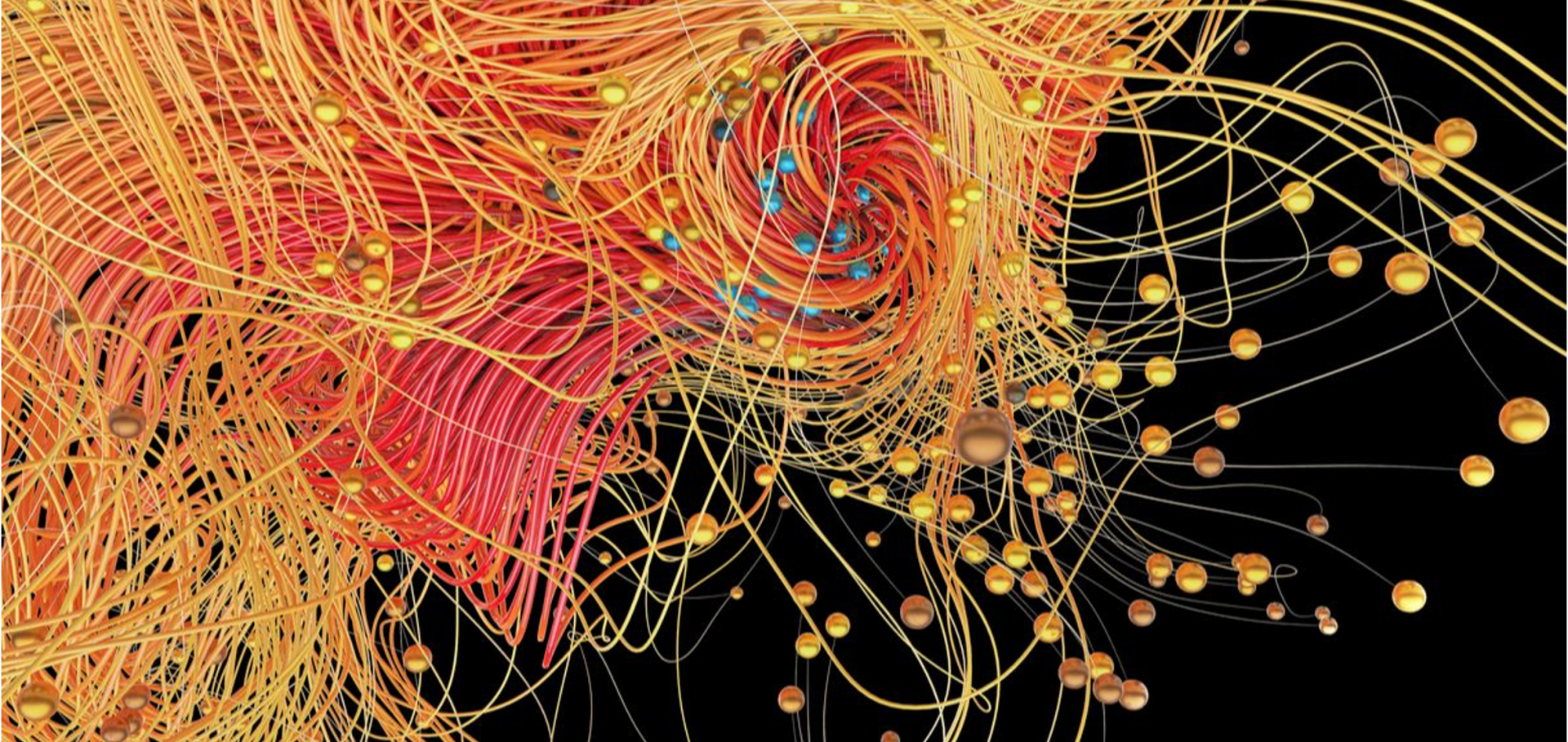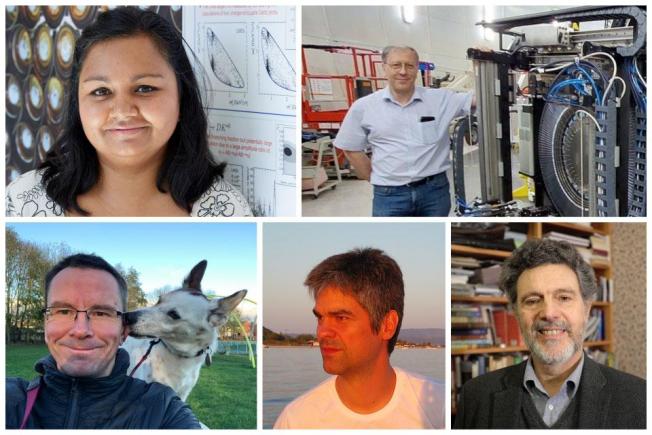Metis: the Solar Orbiter visible light and ultraviolet coronal imager
(2019)
Authors:
Ester Antonucci, Marco Romoli, Vincenzo Andretta, Silvano Fineschi, Petr Heinzel, J Daniel Moses, Giampiero Naletto, Gianalfredo Nicolini, Daniele Spadaro, Luca Teriaca, Arkadiusz Berlicki, Gerardo Capobianco, Giuseppe Crescenzio, Vania Da Deppo, Mauro Focardi, Fabio Frassetto, Klaus Heerlein, Federico Landini, Enrico Magli, Andrea Marco Malvezzi, Giuseppe Massone, Radek Melich, Piergiorgio Nicolosi, Giancarlo Noci, Maurizio Pancrazzi, Maria G Pelizzo, Luca Poletto, Clementina Sasso, Udo Schühle, Sami K Solanki, Leonard Strachan, Roberto Susino, Giuseppe Tondello, Michela Uslenghi, Joachim Woch, Lucia Abbo, Alessandro Bemporad, Marta Casti, Sergio Dolei, Catia Grimani, Mauro Messerotti, Marco Ricci, Thomas Straus, Daniele Telloni, Paola Zuppella, Frederic Auchère, Roberto Bruno, Angela Ciaravella, Alain J Corso, Miguel Alvarez Copano, Regina Aznar Cuadrado, Raffaella D'Amicis, Reiner Enge, Alessio Gravina, Sonja Jejčič, Philippe Lamy, Alessandro Lanzafame, Thimo Meierdierks, Ioanna Papagiannaki, Hardi Peter, German Fernandez Rico, Mewael Giday Sertsu, Jan Staub, Kanaris Tsinganos, Marco Velli, Rita Ventura, Enrico Verroi, Jean-Claude Vial, Sebastien Vives, Antonio Volpicelli, Stephan Werner, Andreas Zerr, Barbara Negri, Marco Castronuovo, Alessandro Gabrielli, Roberto Bertacin, Rita Carpentiero, Silvia Natalucci, Filippo Marliani, Marco Cesa, Philippe Laget, Danilo Morea, Stefano Pieraccini, Paolo Radaelli, Paolo Sandri, Paolo Sarra, Stefano Cesare, Felice Del Forno, Ernesto Massa, Mauro Montabone, Sergio Mottini, Daniele Quattropani, Tiziano Schillaci, Roberto Boccardo, Rosario Brando, Arianna Pandi, Cristian Baietto, Riccardo Bertone, Alberto Alvarez-Herrero, Pilar García Parejo, María Cebollero, Mauro Amoruso, Vito Centonze



